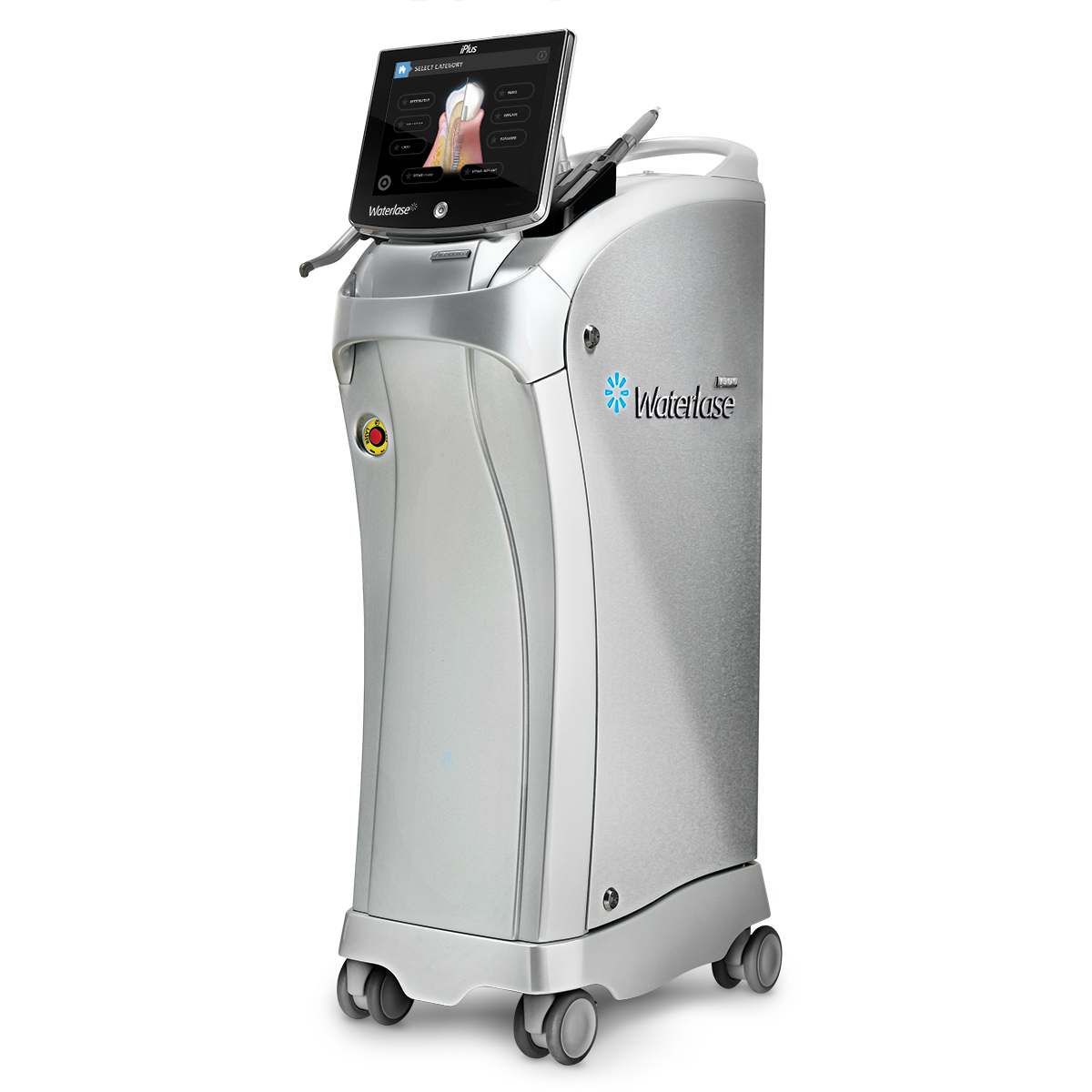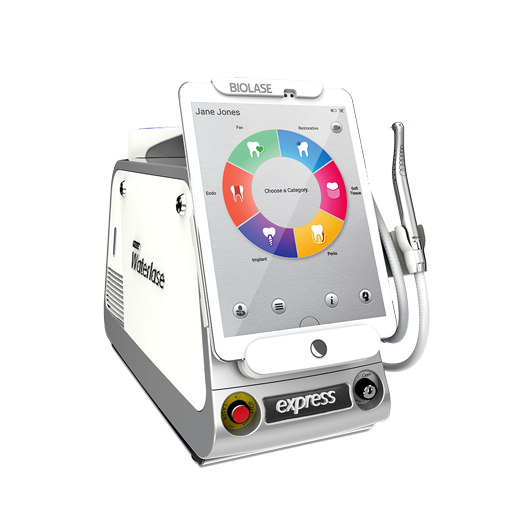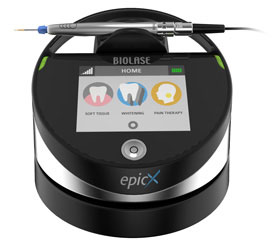Using lasers in a pediatric dental practice is an increasing reality.
The basic goals in pediatric dentistry are to prevent disease and to intercept and treat oral conditions without making young princes and princesses reluctant to visit the dentist in the future.
Whether it’s 5-year-old Billy who can scream like Beast or 7-year-old Sally who can rain down a river of tears like Alice, the overly anxious dental patient can make your day highly unmagical faster than you can say Hakuna Matata.
Dental lasers represent an easier and more efficient treatment for all patients, especially pediatric patients. These tiny beams of light are transforming the medical industry and are growing in popularity in dentistry because they help create a positive treatment atmosphere for patients of all ages.
Needles used to anesthetize hard and soft tissue remains a fear among pediatric patients. Other noxious stimuli that contribute to the development of dental phobias include:
- WHIZZING noises produced by high-speed handpieces
- FOUL SMELL of decay as it is displaced
- FORCE of the handpiece as it pushes on tooth structure
- UNPREDICTABLE vibrations caused by dental instruments
When used in place of conventional drill-it and fill-it methods, lasers eliminate each and every one of these unappealing factors – including less needles. The benefits of lasers have been well documented over the past decade and provide a positive alternative to conventional techniques.
The Waterlase all-tissue dental laser has the unique ability to ablate hard tissue as well as perform soft tissue procedures with little or no bleeding. These specialized lasers allow clinicians to preserve more of the healthy tooth structure while diseased matter is precisely removed. Microfractures caused by conventional dental handpieces are prevented with lasers and keep healthy tooth structure intact.
In some cases, diodes are the laser of choice for treatment. The incredible shrinking size of the units and their increasing user friendliness makes them attractive to clinicians for minor soft tissue procedures and where good hemostasis is necessary. Diode lasers are loaded with one feature after another and are clinically versatile.
Common pediatric laser dental procedures are:
- Sealant placement
- Caries removal
- Bone ablation
- Hemostasis
- Analgesic effect
- Bactericidal
- Treatment of pericoronal pain
- Aphthous ulcer treatment
- Pulpotomy
- Pulp capping
- Maxillary frenum revision
- Mandibular frenum revision
- Lingual frenum revision
- Removal of hyperplasic tissue
- Gingival recontouring
- Gingivectomy
- Biopsy
- Tissue welding
- Primary herpes
- Herpes Labialis
- Exposure of unerupted teeth
- Periodontal therapy
Lasers are beneficial in pediatric dentistry. The American Academy of Pediatric Dentistry (AAPD) recognizes the judicious use of lasers as a beneficial instrument in providing dental restorative and soft tissue procedures for infants, children, and adolescents, including those with special health care needs. Integrate lasers into your highly awesome pediatric practice today.



